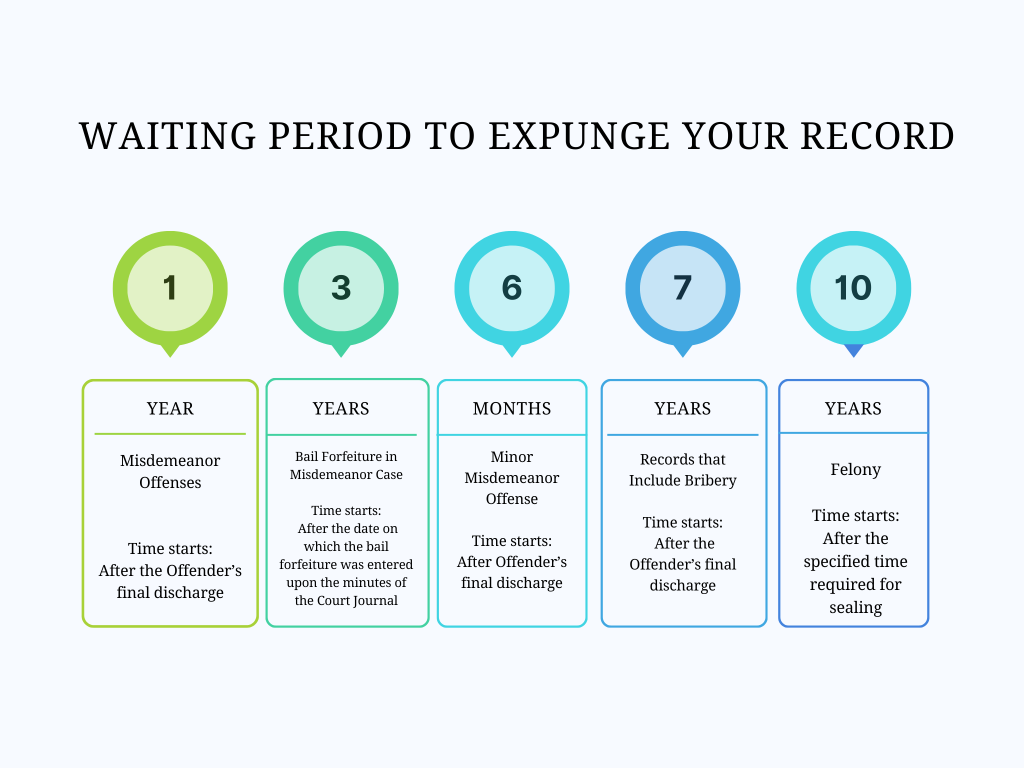
On April 4, 2023, Senate Bill 288 took effect in Ohio that changed expungement law. This new law can allow criminal convictions to be sealed or expunged as long as it is within the list of proper convictions and the appropriate amount of time has passed. This new bill, “expands the number of convictions and the types of offenses eligible for either expungement or sealing.” The biggest change is that previous offenders under the old law with only one offense in certain categories would not have an option to seal or expunge their record. However, the new law provides an opportunity for these one-time offenders to have a chance for this new change.
Additionally, there are some offenses that were eligible under the old law that are no longer eligible which include a Misdemeanor of the 4th Degree for Domestic Violence and Violation of a Protection Order.
Another big change between the old law and the new law is that courts no longer use the term “Eligible Offender” when sealing or expunging a case. Eligible Offender under the old law meant “anyone who has been convicted of an offense in this state or any other jurisdiction and who has not more than one felony conviction, not more than two misdemeanor convictions, or not more than one felony conviction and one misdemeanor conviction in this state or any other jurisdiction.” (You can view the old version of the law by clicking here). Now, each case for sealing or expungement is viewed on a case-by-case basis. The Court will consider the offense involved, weigh the State’s interest against the offender’s case, and view objections by the prosecutor and the victim.
You can view these new changes by clicking to this link to the Ohio Revised Code.
What is the difference between sealing or expunging a criminal record?
When a criminal case is sealed, the public cannot access the record. The record is not destroyed or erased due to certain circumstances with the court accessing the record.
When a criminal case is expunged, the records are permanently destroyed. The case documents can never be accessed again.
What offenses are eligible for sealing or expungement?
Senate Bill 288 has drastically expanded the offenses that can be sealed or expunged. Take a look at the felonies that are not able to be sealed or expunged:
Felonies not eligible for sealing or expungement:
- First or second-degree felonies
- Violent offenses
- Most sexual offensives
- Domestic violence
- Violations of protective orders
- Traffic offenses
- Most offenses where the victim was under 13 years of age
How long do you have to wait to seal or expungement the record?
Sealing a record will be less overall time then expunging a record, however the timeline does depend on the type of offense. Take a look at these charts to explain the waiting periods:


Hearing Timelines
Senate Bill 288 has a positive impact on creating quick turnarounds for hearings regarding applications to seal or expunge a record. This bill requires that Courts conduct a hearing 45 to 90 days after the application is filed! The applicant must attend the hearing to explain why they want their record sealed or expunged.
Experienced, Trusted and Professional Dayton Criminal Defense Lawyers
Our experienced criminal defense law attorneys at Holzfaster, Cecil. McKnight & Mues understand the subtleties of this change in law. If you have a criminal record that is holding you back from pursuing your dreams, we might be able to assist!
To learn more, please go to our website at www.hcmmlaw.com or call us at 937 293-2141. We can schedule an in-person conference or one by phone or Zoom. We look forward to assisting you and answering your questions!
PUBLISHER’S NOTE: I want to thank Anna DiFilippo for the excellent job she did researching and writing this blog article! Anna is externing with Holzfaster, Cecil, McKnight & Mues this semester. She will be graduating from the University of Dayton School of Law in January of 2025. Great job Anna! We are so fortunate to have you as part of our team this semester!





